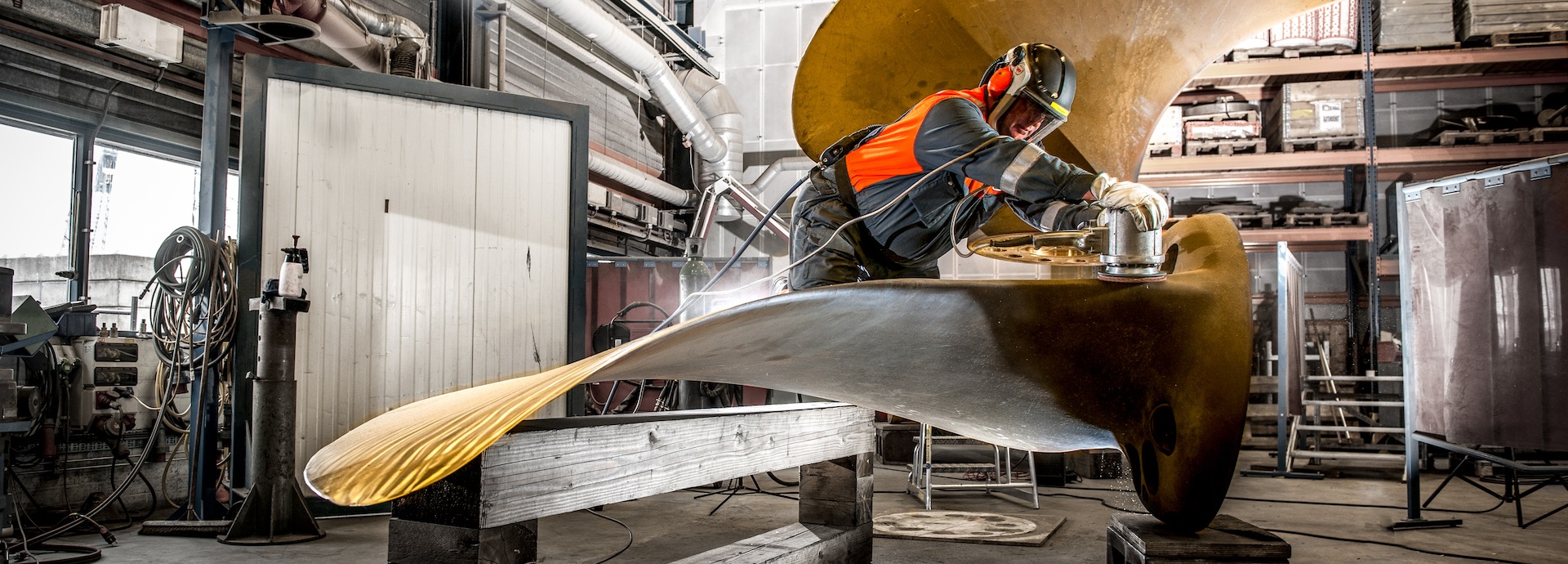

Imagine a world where access trumps ownership and resources are put to their best use sustainably while waste is reduced to a minimum. Imagine this because natural resources are scarce, and we are running out of choices. According to research, by 2050 we will need the resources of nearly three planets to sustain our current lifestyle.
A UN report found that natural resource extraction and processing accounts for 50% of greenhouse gas emissions. It estimates that resource-related impacts on water stress and biodiversity are over 90% and could derail global climate goals. This call for a new way of thinking is not just about how we consume but also how we manufacture goods.
“We need to address the whole value chain,” emphasises Lars Nybom, Innovation Manager in European environment services and recycling company, Ragn-Sells Group. “The access-based business model does this since the value it aims to create and retain is in the function of the product or material, and in that sense decouples material consumption and economic transactions/growth.”
Decoupling material consumption and growth
To put it simply, an access-based business model involves the ‘servitisation’ of resources rather than buying or investing in owning them. It may involve sharing, borrowing, leasing, hiring, renting, or paying per use of the product.
The energy industry is a good example of this. Power purchase agreements of solar PVs are enabling customers to buy solar energy without investing in panels themselves. Similarly, commercial, municipal, or industrial sectors are outsourcing the lighting aspects of their businesses via light-as-a-service models. In this model, a service provider takes care of all lighting needs for a fixed period without any transfer of ownership of product and equipment.
There is increasing pressure to reconsider the use of material resources and to create systems that reuse materials, particularly those with a finite supply.
So far, the access-based model has been tried largely for finished goods. But in a recent WEF article a group of experts from Imperial College London and Ragn-Sells, including Nybom, argue that it’s time to expand it to semi-finished goods and raw materials. But it’s easier said than done.
That’s because extending the approach throughout the value chain calls for a holistic review of resource flows for finished, semi-finished, and raw goods. It involves a systemic change in current production and consumption systems.
Mikko Laamanen, Associate Professor in Marketing at the Lifestyle Research Center in Lyon’s Emlyon Business School, says that while semi-finished product access would likely change the contracts between suppliers and producers in the value chain, such as how the material will be retrieved after its use has ended, there are many unanswered questions for raw materials access.
“I see the most pressing issues with any kind of access-based model being around raw materials. For example, ‘licence to…’ agreements allow the extraction and processing of raw material with a requirement to return these after use. This relies on agreements made with the owners of raw materials, such as nation states.”
“However, power discrepancies between global companies extracting commodities and local governments, as well as impacts to regions both in terms of social and environmental risks, are key issues that do not only have a business model solution,” he elaborates.
The next big idea
Nybom is among those experts who are optimistic. Citing the example of a car manufacturer leasing stainless steel to make tubes for the chassis, he explains the ownership pattern. In an access-based model for semi-finished goods, the car manufacturer will not own but pay for using volume of material transformed into the car chassis for an agreed period. At the end of this period, the car will be disassembled to allow the material supplier to retrieve the components and recycle the materials avoiding waste generation. Therefore, suppliers will own components and materials, and the manufacturer will only own the ‘value’ they have added by transforming those components and materials into final products.
In practice, waste is a material that is in the wrong place at the wrong time, with the wrong functionality – usually it also has very limited, if any, information attached to it.
Going one step further, access-based business models could also be applied to raw goods. In this system, mining companies could offer minerals as a service and nation states could stop giving rights for exploration or mining, and instead provide “licences to mine” that only allow companies to mine but not to own the mined raw goods.
“We believe that this could be a model that puts the focus on what is important, i.e., the value creation that the functionality of a material brings to a product or process,” says Nybom.
“If the focus is on the functionality and maintaining it over time, we would create much better traceability and understanding of this stock. In practice, waste is a material that is in the wrong place at the wrong time, with the wrong functionality – usually it also has very limited, if any, information attached to it.”
No doubt the access-based model solves large problems such as waste generation and resource depletion, as it is more sustainable and reduces the underuse and rapid replacement of privately owned goods. It could be the hope we need in our race against climate change.
“There is increasing pressure to reconsider the use of material resources and to create systems that reuse materials, particularly those with a finite supply. An access-based model that is founded on reclaiming used resources would certainly move towards closing the loop (or move in the right direction for sustainability). An integration with the suppliers of recycling services could provide an additional layer of access-based solution building,” concludes Laamanen.

